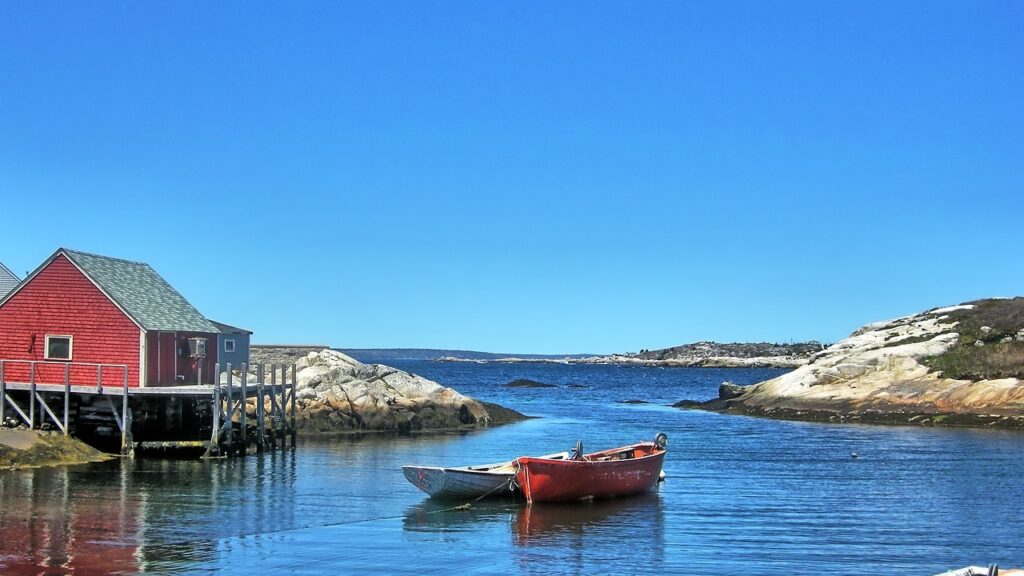If you’re looking for a budget-friendly destination with a surprising variety of landscapes, look no further than Nova Scotia. Canada’s second smallest province boasts rocky headlands, white sand beaches, ancient mountains, and mammoth tides. The capital, Halifax, is home to a bustling waterfront filled with bars, restaurants, and attractions.
Despite July and August being the most expensive months, Nova Scotia remains an affordable destination year-round. By making informed choices and following some tips, you can explore all the beautiful places this province has to offer without breaking the bank. We will tool you up with all the information you need to plan a budget-friendly trip to Nova Scotia.

Daily Costs
When traveling on a budget, it’s important to keep track of your daily expenses. Accommodation options in this city range from budget-friendly hostels starting at $40 per night to more luxurious basic rooms for two costing up to $400 per night. If you’re looking for a more homey feel, self-catering apartments through Airbnb are available for $100 to $335 per night. Public transportation is affordable with city bus and ferry tickets costing only $2.75. For meals, coffee is priced between $2 to $6, sandwiches range from $5 to $18, and dinner for two can cost anywhere from $50 to $150. If you’re looking for a drink, a beer or pint at the bar will cost between $6 to $12. If you’re interested in a whale watching tour, adult tickets range from $50 to $85 while children’s tickets cost between $25 to $60. On average, a budget traveler can expect to spend between $150 to $300 per day.
Driving is the Cheapest Way to Get to and Around Nova Scotia
If you’re within a day or two of driving distance to Nova Scotia, it’s recommended that you drive instead of flying or taking a rental car. Rental cars can be scarce during the summer months and can add up to your travel budget. If you do decide to rent a car, make sure to book early to avoid any last-minute expenses.
Without a vehicle, getting around Nova Scotia can be challenging as there is little public transportation outside Halifax. Driving into Nova Scotia guarantees you access to all the free things to do and cheaper accommodation options beyond the city.
If you’re on a budget, it’s recommended that you drive into Nova Scotia from New Brunswick instead of taking the car ferry from Maine and New Brunswick, which can be expensive.
Halifax public transit runs an airport shuttle for $4.25, making it an affordable option for visitors flying into Halifax’s Stanfield International Airport. However, if you plan on exploring beyond Halifax, renting a car or driving your own vehicle is the cheapest and most convenient way to get around Nova Scotia.
Consider the following options for getting around Nova Scotia:
- Car rental: Rental cars can be booked in advance to ensure availability and to get the best rates.
- Driving your own vehicle: If you’re within driving distance, driving your own vehicle can save you money on rental fees.
- Public transportation: Halifax has a public transit system that can be used to get around the city. However, there is little public transportation outside of Halifax.
- Cycling: Nova Scotia has many scenic cycling routes that can be explored. Bike rentals are available in some areas.
- Walking: Walking is a great way to explore Halifax and some other areas of Nova Scotia.
Driving is the cheapest and most convenient way to get to and around Nova Scotia, giving you access to all the free things to do and cheaper accommodation options beyond the city.
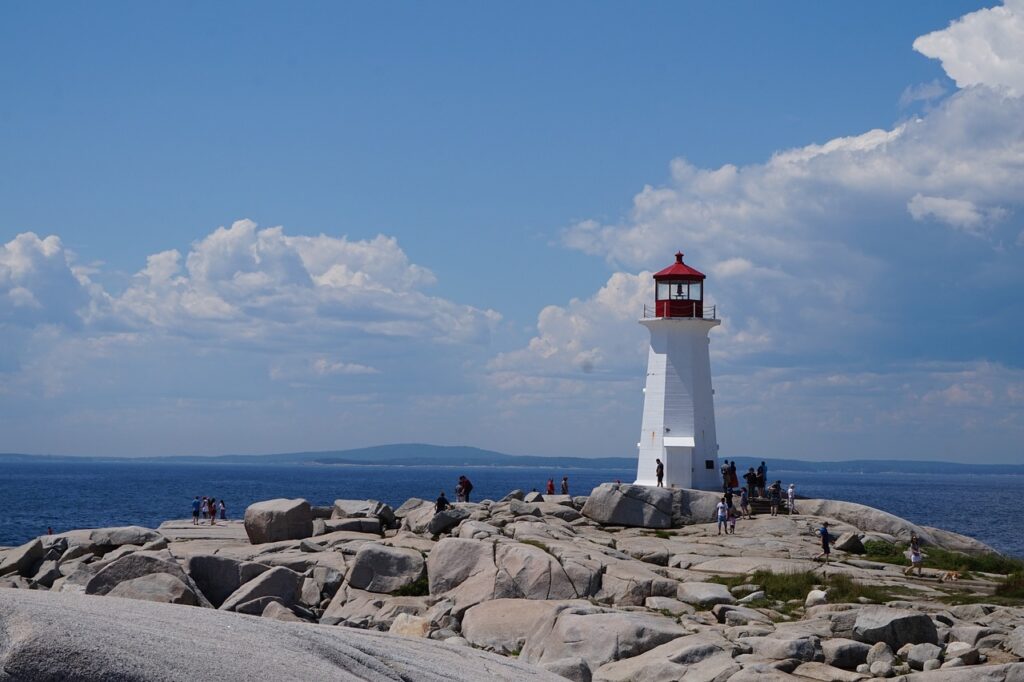
Spring and Fall are the Cheapest Times to Visit Nova Scotia
If you are looking for a budget-friendly time to visit Nova Scotia, consider planning your trip during the spring or fall. While some costs may be marginally lower in the winter, food and drink prices at grocery stores and restaurants remain steady year-round. Accommodation prices also remain relatively consistent, with the exception of July and August when prices spike, particularly in Halifax. However, gas prices tend to be lower before and after the busy summer driving season. Additionally, late summer and fall offer affordable produce at farmers markets and U-picks. To save on accommodation costs, consider sharing a seaside cabin or rental home with friends and family.
University Residences are the Alternative to Hostels
If you are looking for affordable and secure accommodation in Nova Scotia during the summer months, university residences can be a great option. Many universities rent out their student housing from May to August, offering clean and secure buildings with sparsely furnished rooms that include linens and towels. Prices range from $56 for a single room to $150 for a suite, making them a budget-friendly alternative to traditional hostels.
Some universities require a minimum two-night stay, so be sure to check their policies before booking. Popular universities that offer summer housing include Dalhousie, St. Mary’s, Mount St. Vincent, King’s College in Halifax, Acadia in Wolfville, Dalhousie in Truro, St. Francis Xavier in Antigonish and Cape Breton University in Sydney.
Compared to hostels, university residences offer a more secure and quieter environment, as well as a greater level of privacy. Additionally, they are often located in convenient locations close to public transportation and local attractions.
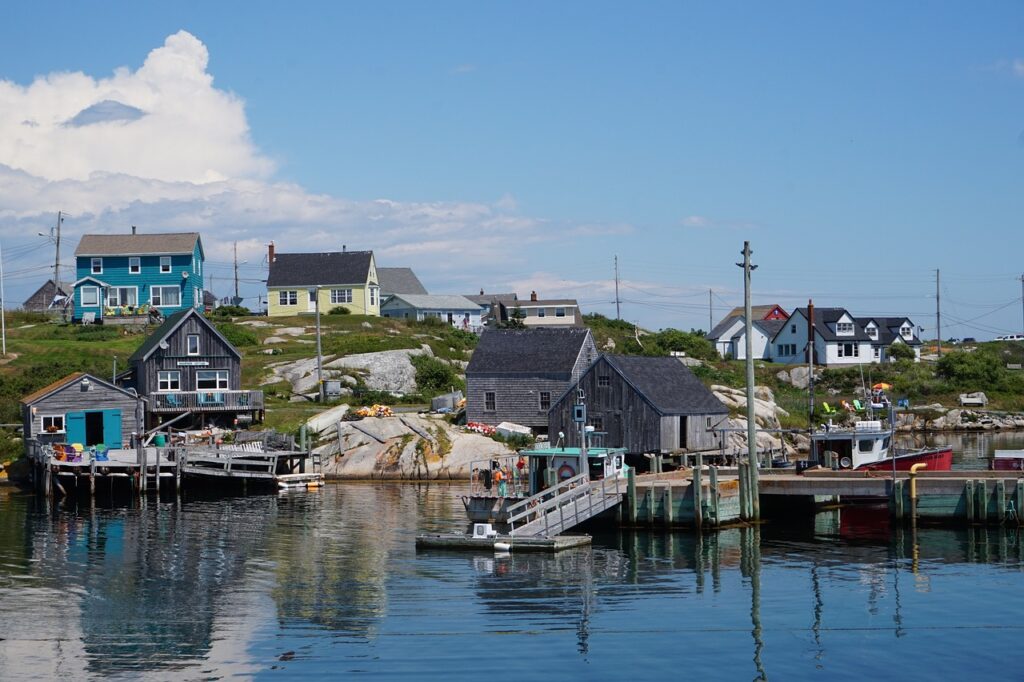
Take Advantage of Nova Scotia’s Many Campgrounds
If you’re looking for an affordable way to experience Nova Scotia’s natural beauty, camping is the way to go. With numerous campgrounds located throughout the province, you can find a spot that suits your preferences. National parks like Cape Breton Highlands and Kejimkujik offer a range of options, from remote backcountry sites to roadside locations. Private campgrounds tend to be more family-oriented and offer plenty of activities for kids.
For the most budget-friendly option, consider one of Nova Scotia’s 20 provincial parks. Basic campsites start at around $25 per night and many offer ocean views and direct access to beaches, forest walks, and lakes. All provincial parks have indoor washrooms, showers, and cooking huts where you can prepare meals and wash dishes. Most sites also have RV hookups available.
Whether you’re a seasoned camper or new to the experience, Nova Scotia’s campgrounds offer a great way to explore the province’s natural beauty. Check out the table below for a list of some of the best national parks and historic sites to visit during your trip.
| National Parks and Historic Sites |
|---|
| Cape Breton Highlands National Park |
| Kejimkujik National Park |
| Fortress of Louisbourg National Historic Site |
| Alexander Graham Bell National Historic Site |
| Port-Royal National Historic Site |
| Grand-Pré National Historic Site |
| Sable Island National Park Reserve |
| Halifax Citadel National Historic Site |
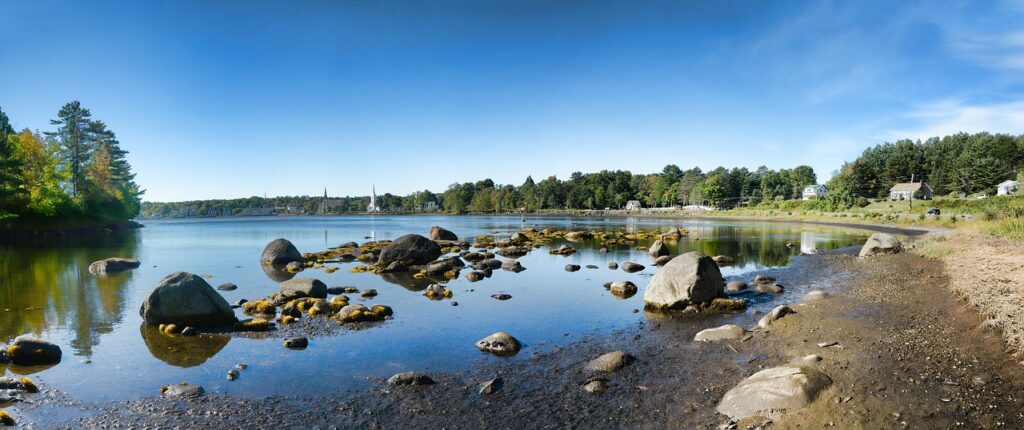
Hit Nova Scotia’s Scenic Routes, Beaches, Hiking Trails and Waterways
When exploring Nova Scotia, the best way to experience its beauty is to get outside and follow the scenic routes. Marine Drive, the Lighthouse Route, and the Bras d’Or Lake Scenic Drive are all designated routes that offer breathtaking views of the coastline and inland waterways. With hundreds of beaches to choose from, you can easily find one near your campground or rental. Take a stroll, build sandcastles, or simply relax with a book and listen to the waves crashing against the shore.
Hiking is also a great way to explore the natural beauty of Nova Scotia. The Rum Runners Trail, built on former railway beds, spans 119km (74 miles) and is perfect for a multi-day adventure. For a shorter hike, try the Salmon Pools Trail in Cape Breton Highlands National Park, which cuts through park wilderness for 7.2km (4.5 miles). The best part? Hiking is free, except for the $9 daily entry fee in the national parks.
With so much natural beauty to explore, Nova Scotia’s scenic routes, beaches, hiking trails, and waterways are a must-see for any outdoor enthusiast.
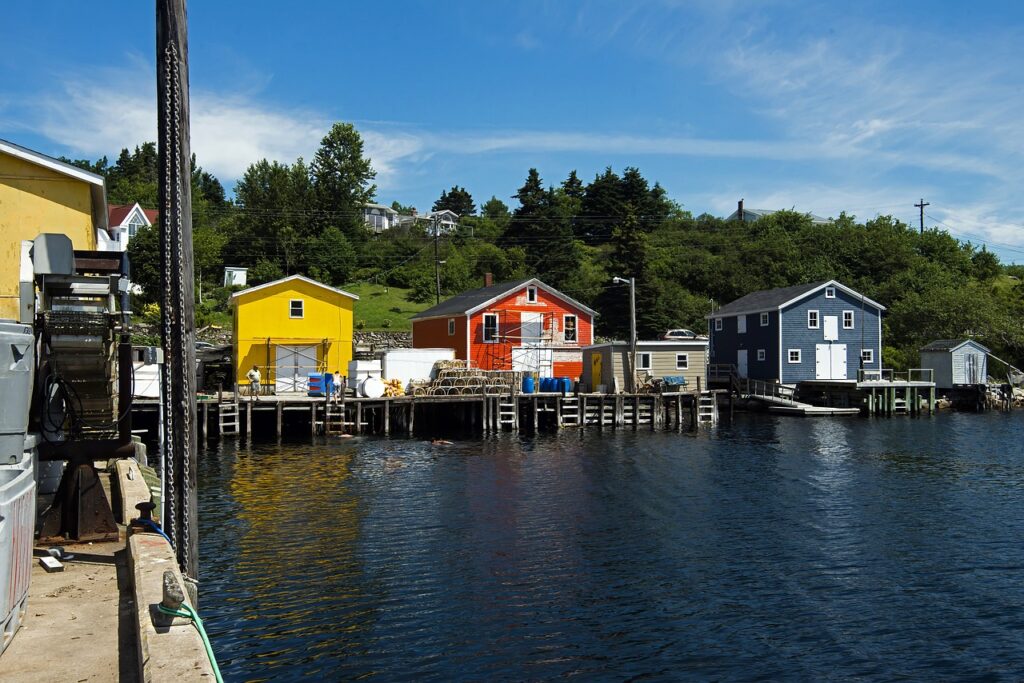
Look for free entry days and discounts at museums
When planning your visit to museums in Nova Scotia, it’s worth checking for free entry days or discounted rates. For instance, the Art Gallery of Nova Scotia offers free admission on Thursday evenings, while the Maritime Museum of the Atlantic offers a family rate during the off-season. Additionally, AAA and CAA members, as well as armed forces personnel, can enjoy discounts at some attractions. If you’re on a budget, consider visiting rural museums, which often have low entry fees. By taking advantage of these discounts and free entry days, you can save money while still enjoying the best of Nova Scotia’s art and history.
Eat for Less by Buying Local and Cooking for Yourself
When traveling, eating out at restaurants can quickly add up and become expensive. However, cooking your own meals can save you a lot of money. By buying local produce and cooking for yourself, you can not only save money but also support the local economy. Look for small, roadside farm stands that often sell via the honor system or visit farmers markets during the harvest season for high-quality and better-tasting produce, meats, cheeses, and beverages.
If you enjoy foraging or U-picks, you can even gather your own ingredients. When going on road trips or hikes, pack a picnic to save money on expensive restaurant meals. By shopping local, you can also eat like a local and try regional dishes. For example, in Nova Scotia, you can gather young veggies to make a buttery vegetable chowder called hodge podge. By cooking your own meals and buying local, you can save money and experience the local cuisine.
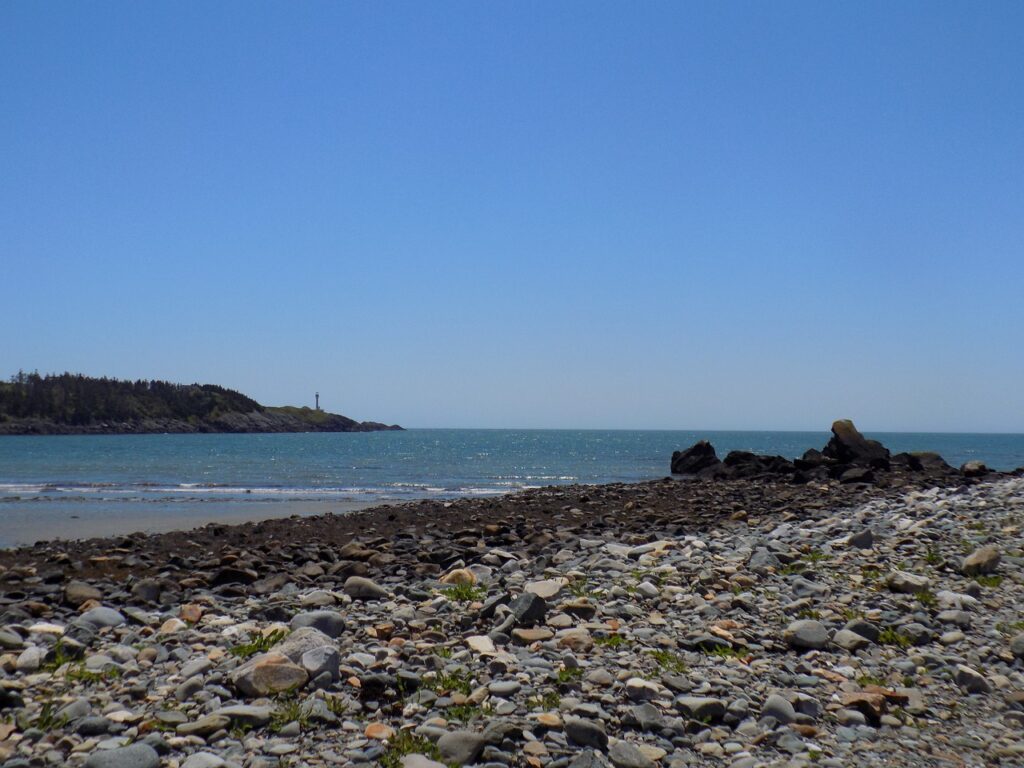
Save your dime for high-value splurges
When traveling to Nova Scotia, it’s important to save your money for experiences that will leave a lasting impression. Instead of spending your money on expensive souvenirs, consider investing in activities and goods that offer the most satisfaction.
Plan your trip to Nova Scotia:
To make the most of your trip to Nova Scotia, consider adding these top experiences to your itinerary. Take a whale-watching trip for under $100 and create unforgettable memories. Explore the Annapolis Valley vineyards, like Benjamin Bridge, to gain an in-depth understanding of Nova Scotia’s quality wines and take advantage of the samples.
When visiting local bars or taprooms, order the craft beer for a couple of bucks more per pint, which will offer a wider range of flavors and stories to share with family and friends back home. Don’t miss happy hours at most bars to save on craft drinks.
Before visiting Nova Scotia, it’s important to figure out the best times to visit and learn about the local culture. The locals recommend knowing these things before you visit to make the most of your trip. Lastly, plan the ultimate Nova Scotia road trip with these incredible routes to fully experience all that Nova Scotia has to offer.


